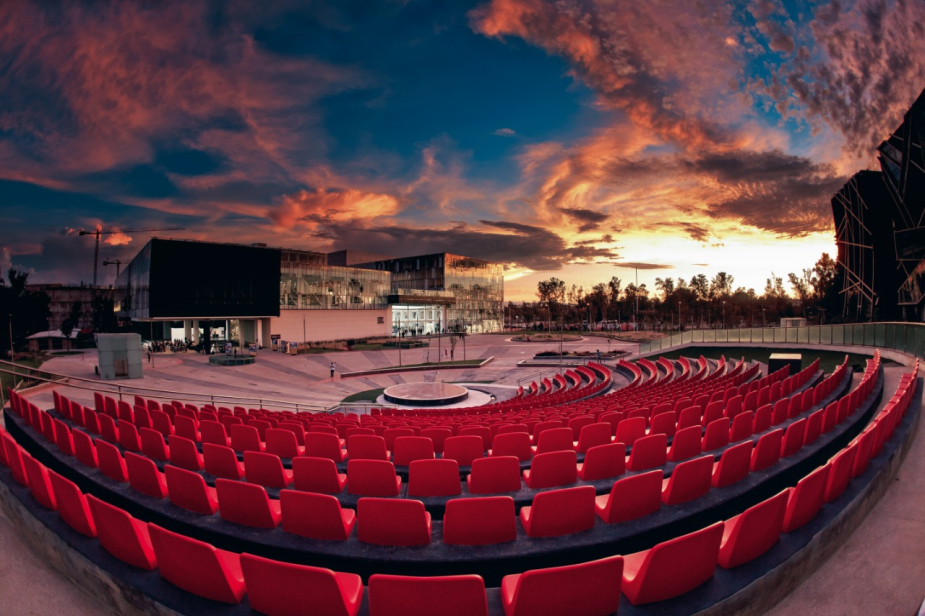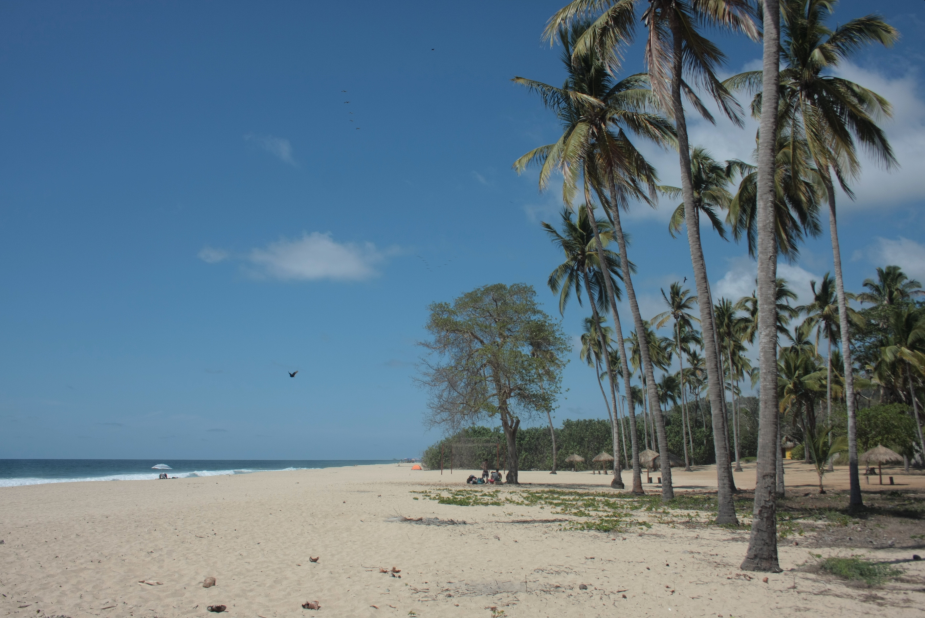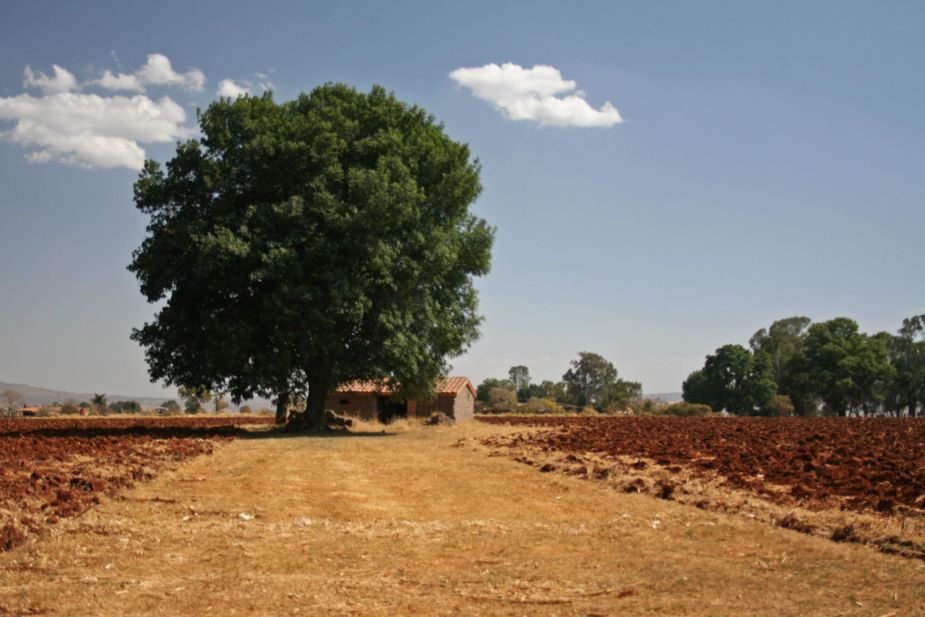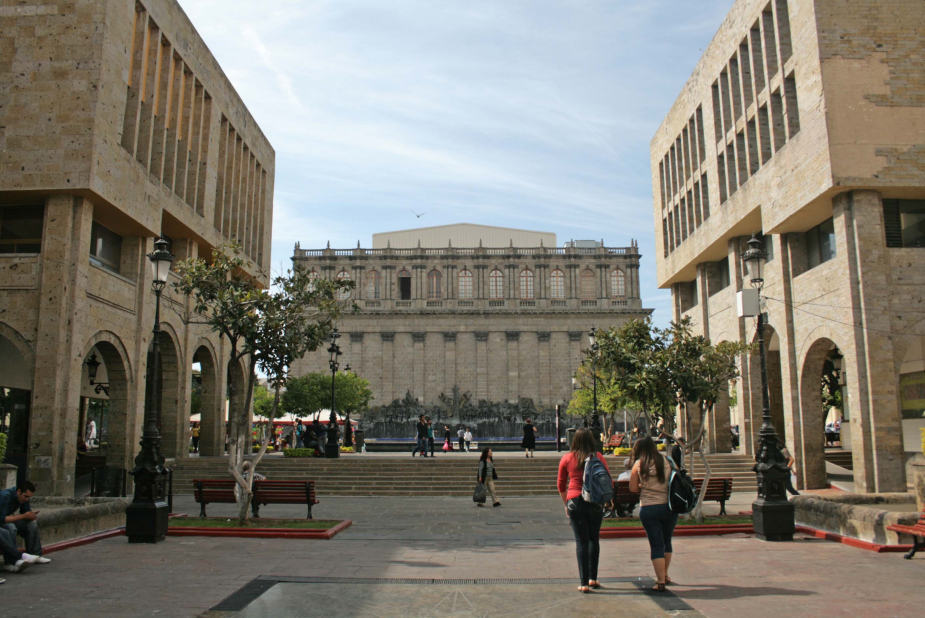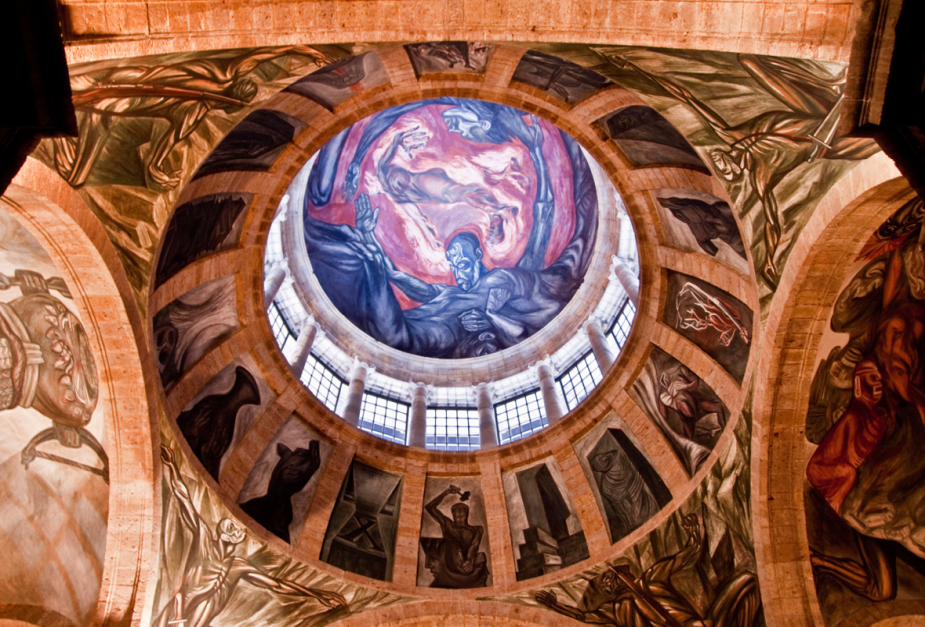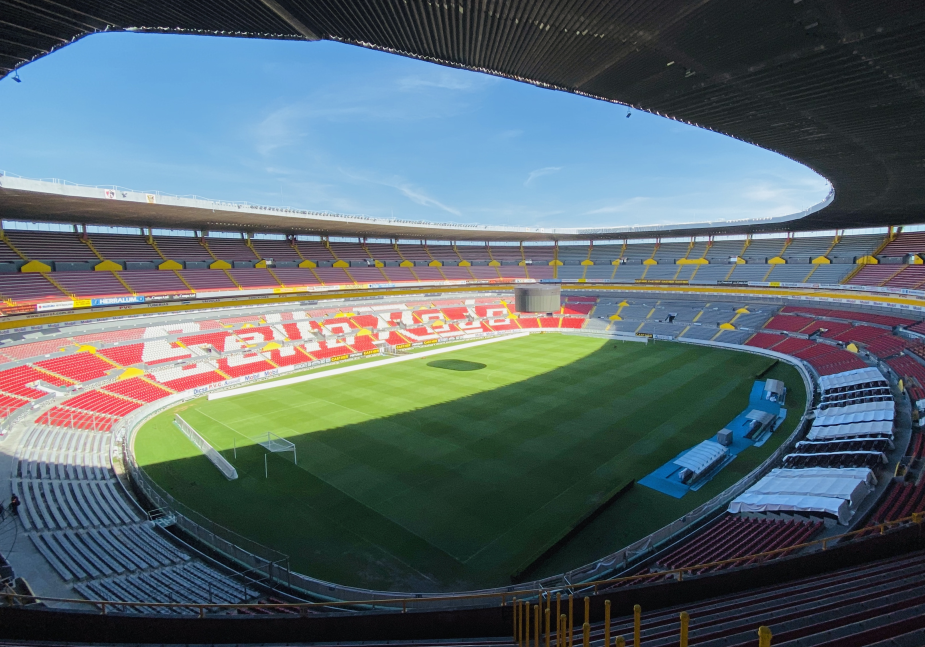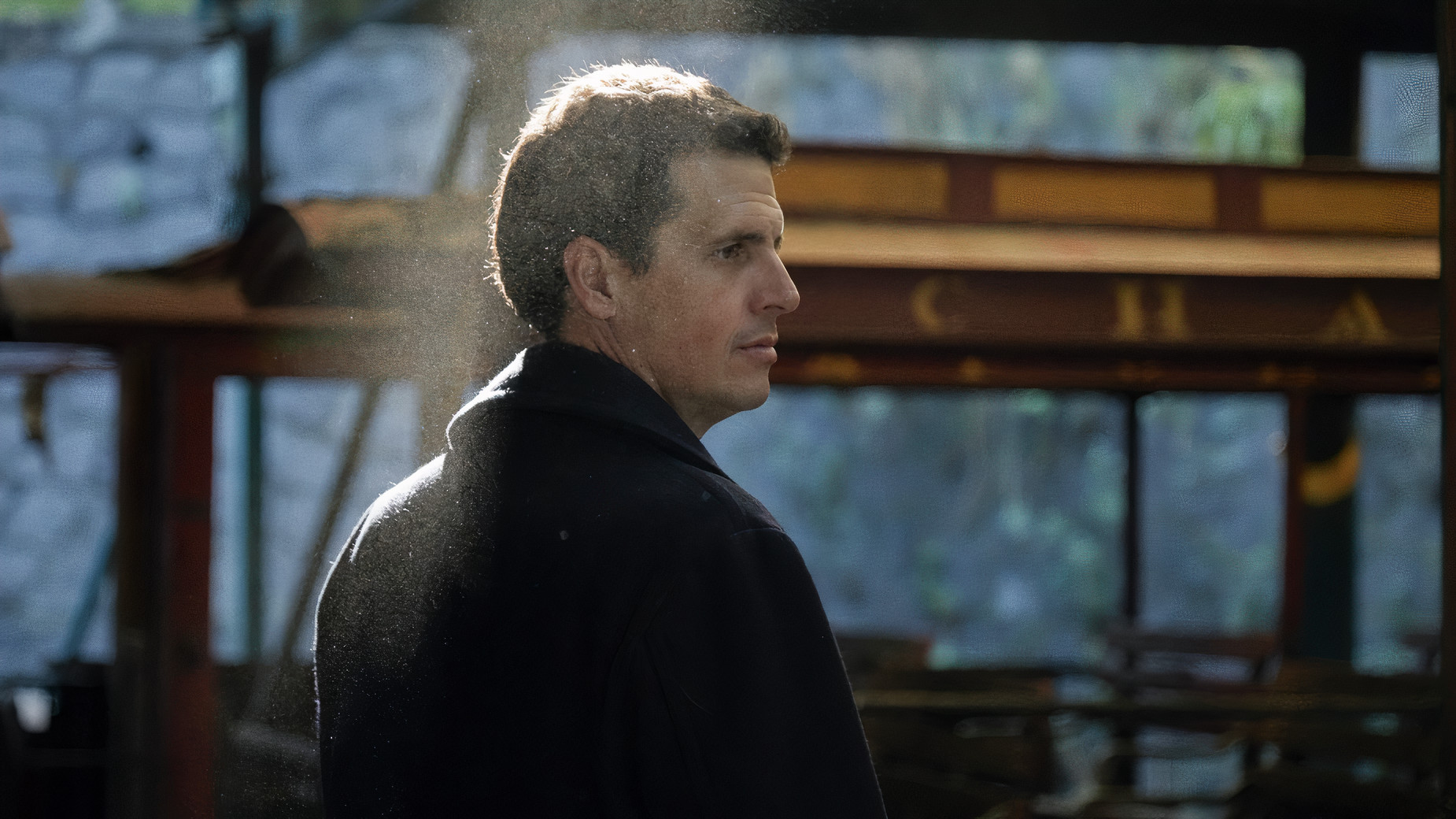
In his first tour for his Little Black Book column “Our Man In Mexico,” Lift founder Avelino Rodriguez travels to the Yucatán Peninsula. This area is a gateway to the Mayan world and hosts some of the largest archaeological sites of that era, well known for its submerged caverns and cenotes. It also has some of the world’s most stunning white sand beaches, blue water, and coral reefs on the Caribbean coast. The natural beauty of the region is only part of its appeal, with its distinct cultural history and competitive rates, the location serves as the perfect backdrop for creative visual productions. Read the article below!
My journey for this chapter takes me to Guadalajara, the second largest city in Mexico, and the capital city of the state of Jalisco. It’s just 550km – a six hour drive or 1.3 hours by plane – from CDMX, with direct flights from LA, New York and London too. It is the gateway to the northwest of our country, a new destination that has both the human and technical resources and infrastructure to deliver intimate and efficient production experiences.
The state of Jalisco sits on a geographically rich and diverse region of the country, including the famous area of Tequila. Vast mountainous regions spread through the western side of the state until they reach the large coastal region of Vallarta.
The Lift has been working closely with the Government over the past couple of years. The key benefits of shooting in this area, outside of Mexico City, include the enormous variety of locations within close proximity to each other, less traffic for ease of mobility, faster turnaround of shooting permits, direct flights from worldwide and an extremely flexible structure for production budgets.
Since colonial times, Guadalajara has been one of the cities with the greatest culture in Mexico and it has played an important role in the social, cultural and economic sectors of the country. Mexican artists such as Dr. ATL, Roberto Montenegro, José Clemente Orozco, Jesús ‘Chucho Reyes’ Ferreira, María Izquierdo, Lola Alvarez Bravo, Juan Soriano and Juan Rulfo were born or developed within this cultural epicentre.
This region is also well recognised for its sporting and cultural events. Such as the Guadalajara International Book Fair and International Film Festival, which was founded by Guillermo del Toro, who is now president of the Festival’s Board of Trustees. Guillermo also gave courses at the Centro de Estudios Cinematográficos (CIEC) Guadalajara´s Film University, where I was admitted after applying at another institution but was rejected for being underage!
My own relationship with the area began in the August of 1991 when I set out on my way by train to Guadalajara to start a new adventure with actor/cinema critic Emilio García Riera’s guide. When I arrived at the hotel, I received a note from the CCC (the Centro de Capacitación Cinematográfica – one of the best universities in Latin America) asking me to return to do a year-long internship. They gave me my first film “Lolo” where I was a generic assistant without a department. I did everything.
My encounter with the district at the time was very brief, but it is a city that left me nailed. The first thing that caught my attention was its cultural richness, it is the city where Luis Barragán was born, one of the most important exponents of architecture in Mexico, who took up the spiritual essence of architecture to develop an unmistakable style, which managed to synthesise the rationalism of modern architecture with the traditional vernacular architecture of Guadalajara and its surroundings. This synthesis not only earned him the Pritsker Prize, the world’s highest recognition of architecture, but served as the foundation for consolidating an important school of modern architecture in Mexico.
Although Barragán is considered the most important modern architect in Mexico, the maturity and solidity of his programme cannot be fully understood without the figure of Mathias Goeritz, a German artist who arrived as a refugee to Guadalajara in 1949. Heir to the European artistic avant-gardes, Goeritz was invited to give professorship to the School of Architecture by Ignacio Díaz Morales.
The collaboration between these two sensitivities was a natural thing wherever Goeritz’s ideas were involved with Barragán’s conservative and spiritual idiosyncrasy. This collaboration began an intense creative exchange of ideas, collaborating on different projects over fifteen years. My own view is that the creative relationship between Goeritz and Barragán totally embodies the cultural essence of Guadalajara: a cosmopolitan but measured city, where the compulsive desire for the new and international trends only have room as long as they are combined with their own tradition.
Much of the world’s cultural construction over Mexico is based on Jalisco and its capital Guadalajara. Tequila, mariachi, the ceramics of Tlaquepaque and Tonalá, the magical realism of Juan Rulfo, the iconic murals of José Clemente Orozco are all expressions that are commonly portrayed internationally.
Like Barragán, the people of Guadalajara are deeply traditional, rooted in their customs that they are proud to share with the world and open to welcome international visitors. The family traditions, with its roots in gastronomy and the timeless recipes that transcend generations, so that when a ‘tapatío’ proudly offers them to a visitor it is a sign that they have been welcomed as one more member of the family.
Guadalajara is undoubtedly a city that offers endless possibilities to the film industry and we really look forward to introducing it properly to you.
Until next time, Avelino x
